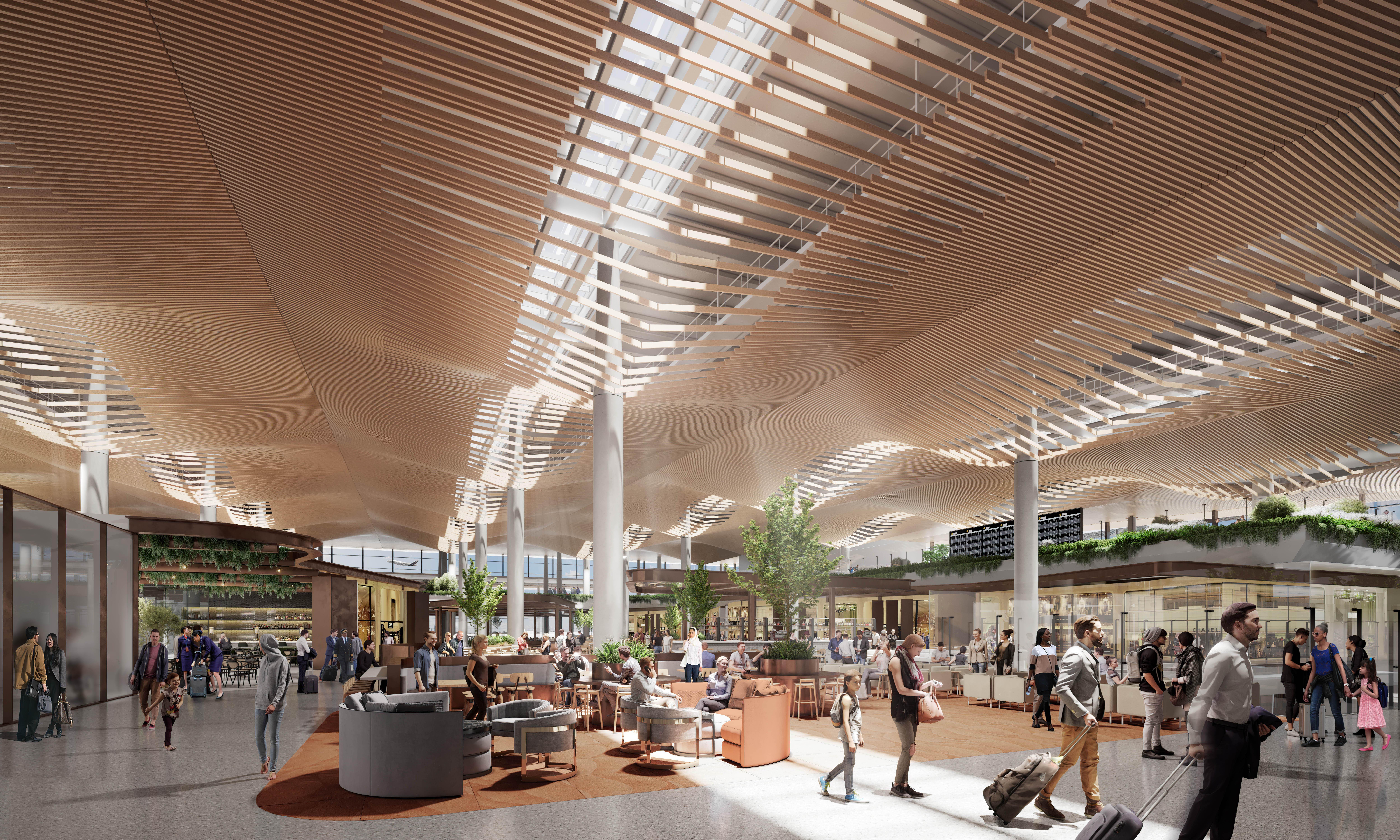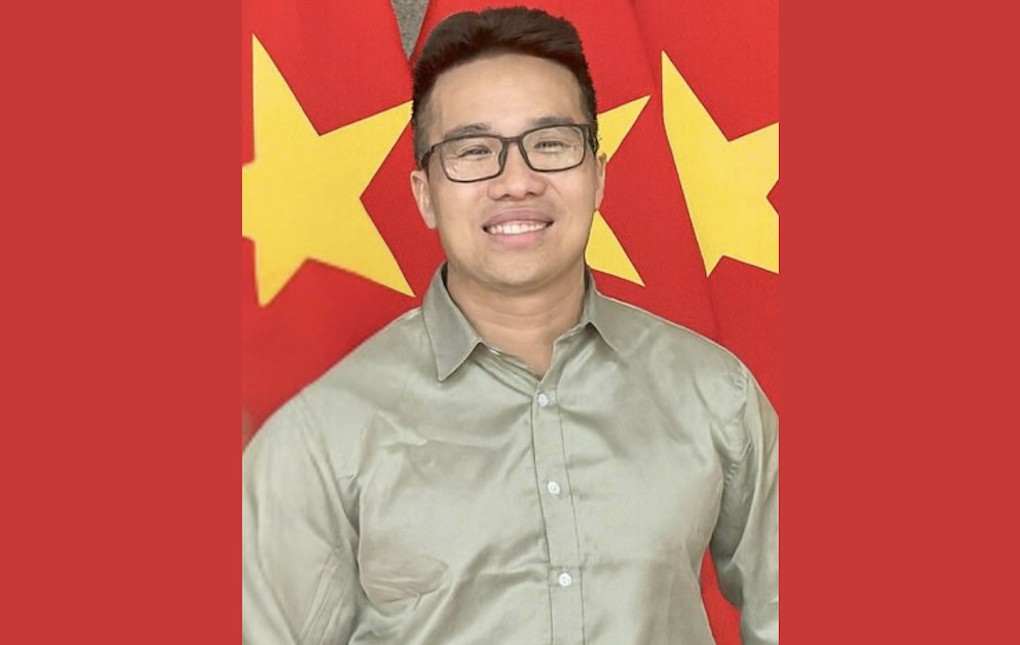AUSTRALIA. The next major landmark in Australian aviation – Western Sydney International (Nancy-Bird Walton) Airport (WSI) – is tracking towards its planned late 2026 opening, with an ambitious consumer-facing and commercial offer that blends local, regional and global themes and concepts.
Airport management has pledged an airport experience “unlike any other in Australia”, with a sense of excitement among potential commercial partners about what is to come.
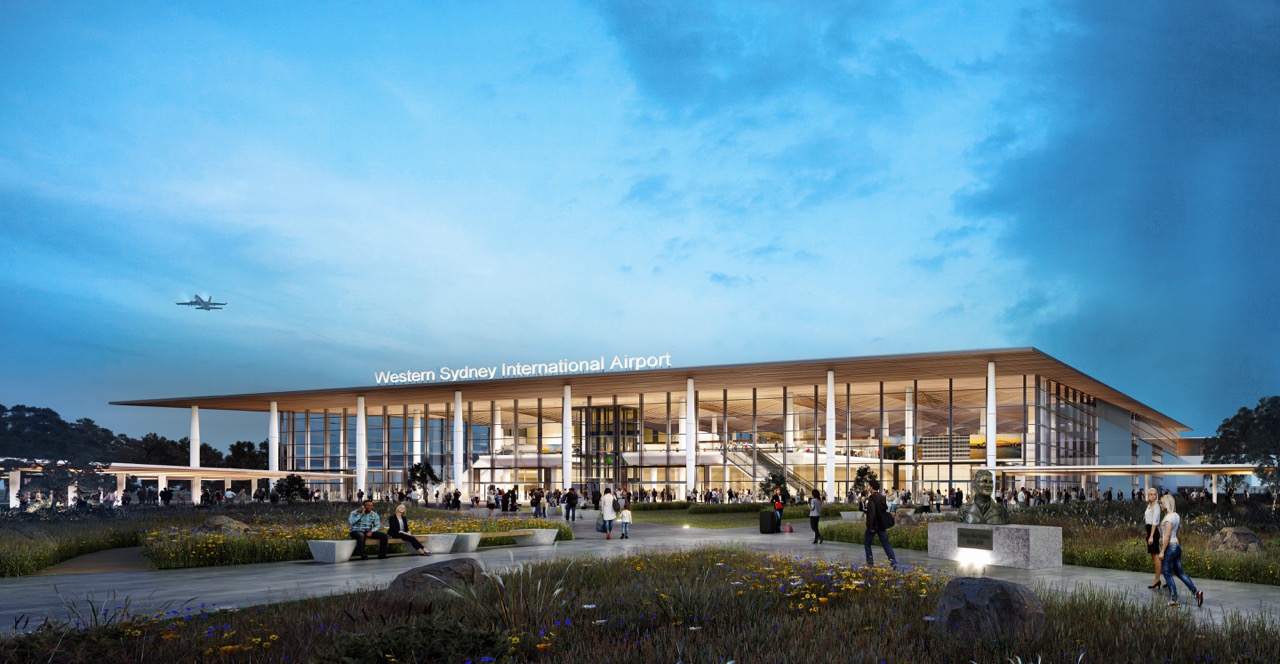
On 29 August WSI issued its eagerly anticipated tender for a duty-free retail partner in space covering around 2,200sq m in departures, arrivals and with a 600sq m domestic department store area to complement the international opportunity.
Leasing for other categories, including foreign exchange, travel essentials, general retail, food & beverage and vending, will run over the next 12 months, across a total of around 7,000sq m of leasable space and over 40 outlets. Beyond this, there will be around 4,000sq m of eye-catching lounge space in departures.
The Moodie Davitt Report paid a recent visit to the site – which will represent the first greenfield airport to open in the country for over 40 years – and saw first-hand how much of the external construction (over 80%) is complete, with internal work progressing at pace.

One of the first sights that greets the visitor today is the Metro station – which will take passengers from the city and region almost directly to the front door – coming to life just yards from the entrance. That is being developed in parallel with a vast new and upgraded road and freeway network that connects WSI to Sydney and the surrounding region, with kerbside drop-off a key selling point.
The building itself is striking for its spectacular flowing ceiling that runs throughout, allowing natural light to flood in. The space inside is easy to walk and navigate, highlighted by the visibility and access from security to gates right across the airside arena.
A stand-out feature is the magnificent view of the Blue Mountains from what will be an enviable bar/restaurant location at the airside end of the terminal in departures, one element in a multi-faceted F&B offer of around 20 units, large and small.
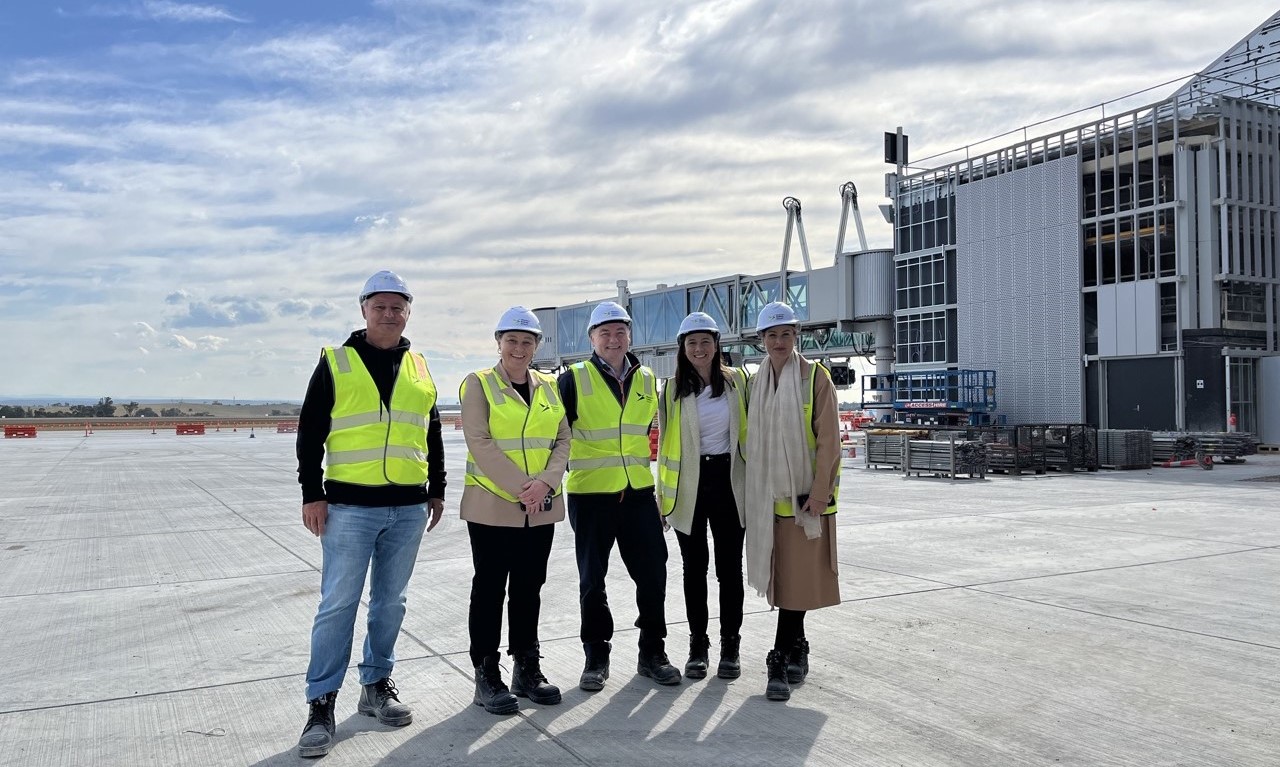
The space, height and scale offer an appealing canvas on which commercial partners can execute their own visions, from retail to F&B to a strong advertising opportunity which will feature big screens dotted at strategic positions throughout the terminal.
Smart, tech-led design allowing a speedy journey through the terminal 24 hours a day, cultural connections developed alongside the First Nations people of the area and sustainability principles are at the core of the vision and development.
There will be flexibility and a focus on finely tuned relevance in the commercial offer, which will blend the best of local with global at what will soon become a premier shopping and dining experience for Western Sydney.
General Manager, Retail Glyn Williams says: “With a greenfield site this is a once-in-a-lifetime opportunity to create something special. Retail is a key component of the customer experience and we want designs to connect with and complement the beautiful architecture of the terminal.
“We aim to ensure that as customers walk through they embrace the ‘wow’ element in that design, plus we want a mix that will resonate with and surprise them. We will work with our chosen partners to achieve this.”
He adds: “On the basis that we have no legacy nor any limits, we can be creative in the offer. We look forward to seeing and understanding retailers’ thoughts. They will come to understand the design, the regional influence and other elements that make Western Sydney International Airport unique, and we’ll work with them to create something different and exciting.”
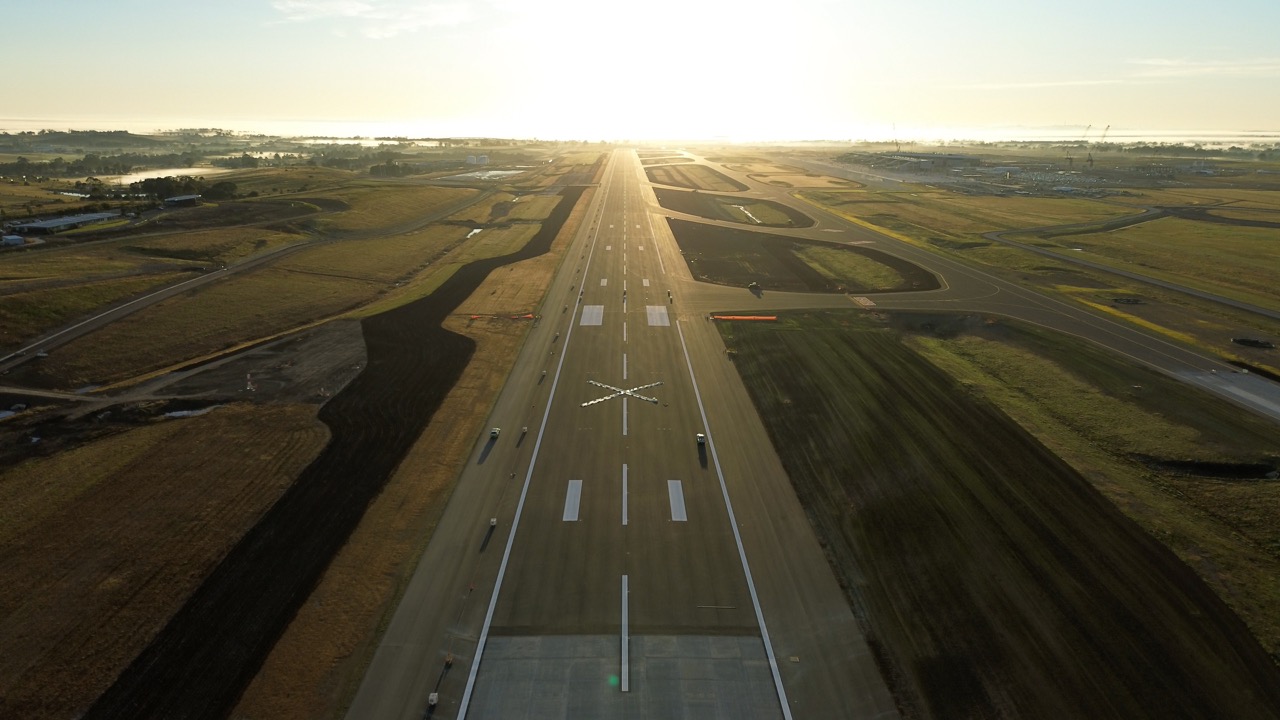
Broadly, the space on the international side will house duty free, travel essentials plus a signature café offer along with multiple food & beverage locations, while in domestic travellers will encounter a large duty-paid multi-brand store (part of the duty-free concession) alongside travel essentials, F&B and other retail flanking a large, comfortable seating zone, plus a series of pop-ups to attract attention in the heart of the environment. Further retail will be available down the piers.
Addressing F&B in particular, Williams says that WSI will encourage potential partners to offer their thoughts on the concepts that will work, but these must remain on-trend and have the flexibility to adapt to new consumer demands.
“The bidders will have the chance to inform the final product in each space. We know that every operator of scale will be able to flex their space according to changing demands.
“We will also encourage partners to look at localised content, while being mindful that we are an international airport so the blend must be factored in.”
On how partnerships with the airport will be structured, Williams adds: “We have developed a model we feel is unique in the airport marketplace. We are looking at tenure that recognises that we will be taking the airport from an exciting launch period through to a mature operation.
“We will discuss this in detail with the candidates as we undertake what will be a rigorous and transparent process.”
Fast-growing catchment area
There is much to interest potential partners. In its pledges to consumers and partners, WSI management says the airport will not only be “seamless and sustainable, intuitive and exciting” but crucially “always open for international and domestic travel – along with air cargo flights”.
That’s a reference to its 24-hours-a-day services, which contrasts with some other major international airports in Australia that operate with curfew limits.
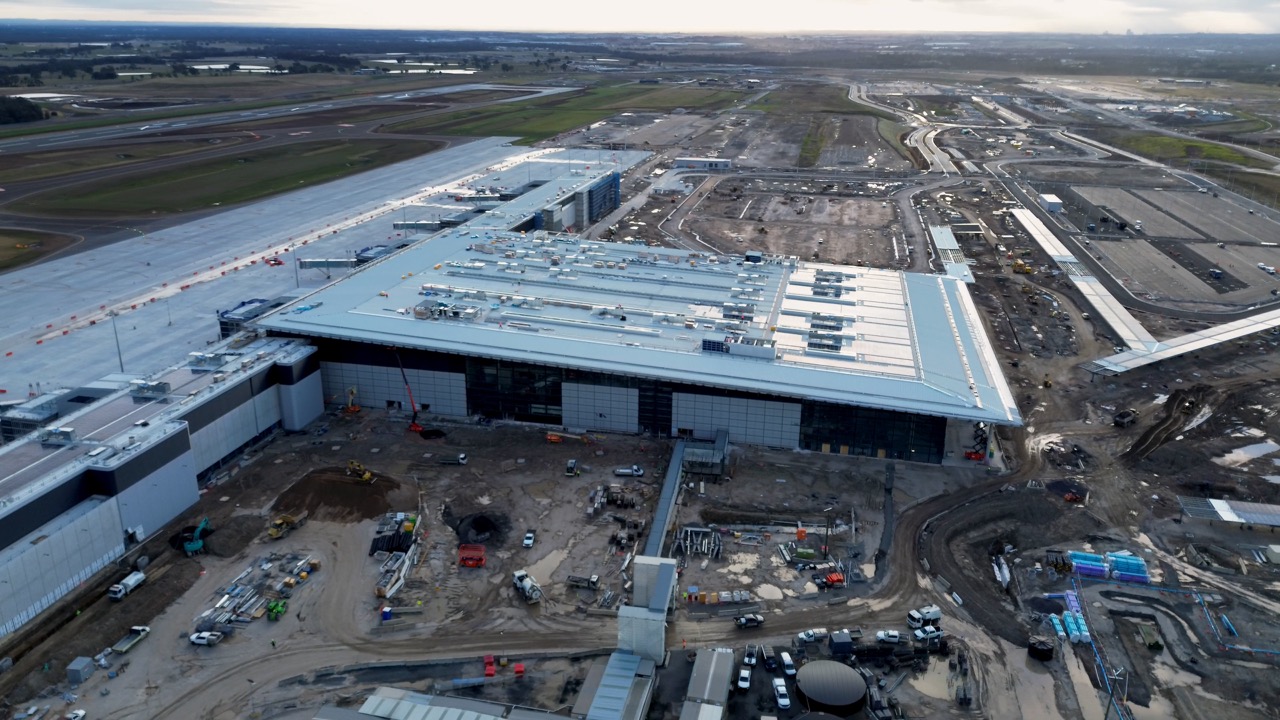
The catchment area of Greater Western Sydney is another feature. This is expected to grow by +25% in population terms in the decade ahead, to around 3.2 million, according to a recent National Australia Bank report. Over the next 20 years the area will absorb two-thirds of Sydney’s entire population growth.
Large government departments and corporates are opening head or satellite offices in the region, including the revitalised Parramatta CBD, while students are being drawn to the expanding campuses of Western Sydney University, notes the report.
WSI CEO Simon Hickey says: “WSI has been a catalyst for billions of dollars of investment across Western Sydney, with vital transport projects and the development of Bradfield City and the wider Aerotropolis continuing to progress.
“WSI will connect a growing population to global markets for local industries and businesses while unlocking new opportunities for the region’s manufacturing and logistics sectors.”
Williams adds: “This is a brand-new market opportunity. The catchment area has been under served until now, but it will become the best connected area in Sydney. It also reflects the direction in which Sydney is moving and that is west. We are seeing many big companies including Amazon opening operations out here, with lots of property development and construction, alongside affordable housing, which attracts many more people.”

In a signal of its faith in the new location, Qantas signed up in mid-2023 as the first domestic airline partner, carrying an anticipated 4 million passengers and 25,000 flights a year from the beginning.
Recently WSI secured its first international airline partner in the blue-chip form of Singapore Airlines, attracted in particular by the round-the-clock services, transfer capability and short turnaround times.
The signing up of a large carrier serving point-to-point Asian routes is likely to add to the allure of WSI for duty-free candidates in particular.
Western Sydney is also home to a diverse population with overseas origins that should appeal to airlines seeking to connect to this region, notes management.
Just over two years from opening, this is an exciting time to visit, as major building work is rounded off and as the interiors begin to resemble an active terminal. The WSI team aims to communicate that same sense of excitement and opportunity in the leasing programme that has just begun.
That has much to do with the long-term vision for the airport. Initial capacity will be for up to 10 million passengers a year, but that will be just the beginning for WSI and for the Western Sydney region, says Hickey.
“We have a clear roadmap to become Sydney’s largest airport and primary international gateway in the years to come. In fact, by 2063, WSI will be handling approximately 80 million annual passengers – that’s akin to the size of Hong Kong and London’s Heathrow airports today.
“Australia’s largest city, Sydney, will finally enjoy the economic and tourism benefits of 24-hour aviation connectivity – placing our city on a level playing field with other major cities across Australia and throughout the world.”
*This article first appeared in our blockbuster Magazine edition for October. Click here for that version and go to page 36. ✈






